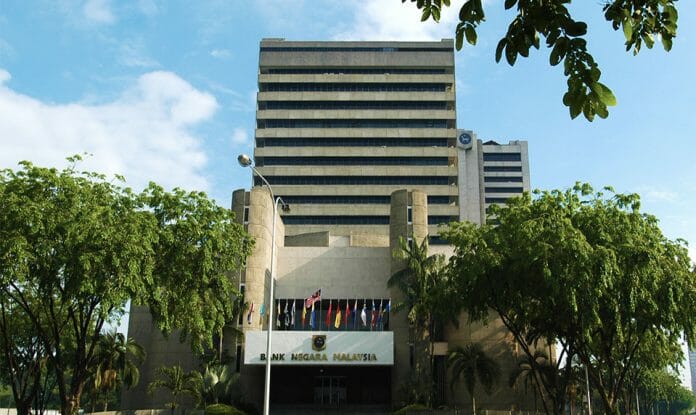Bank Negara has released the latest monetary and financial developments for the month of March, on the top of the list is the inflation numbers. Accordingly, BNM noted that the headline inflation declined to 3.4% in March (February: 3.7%) due mainly to lower inflation for fuel, airfares, and selected food items, in line with the easing global commodity prices.
Core inflation on the other hand moderated slightly to 3.8% during the month (February: 3.9%), driven largely by lower inflation for food away from home.
Robust growth in volume index driven by retail and motor vehicles
The Index of Wholesale and Retail Trade expanded by 10.6% in February 2023 (January: 8.5%). The higher growth was driven mainly by retail sales in non-specialised stores (e.g., department stores) followed by continued strength in purchases of motor vehicles amid the ongoing fulfilment of backlog orders. On a month-on-month seasonally adjusted basis, the index accelerated by 5.5% (January: 0.2%).
Growth in credit to the private non-financial sector moderated
Credit to the private non-financial sector grew by 4.2% as at end-March (February: 4.5%), attributed to slower growth in credit to businesses (3.2%; February: 3.7%).
While growth in outstanding corporate bonds moderated (4.4%; February: 5.5%), outstanding business loan growth was sustained at 2.4% (February: 2.4%). This was supported by the continued growth in both working capital (2.2%; February: 1.9%) and investment-related loans (4.3%; February: 4.2%).
Outstanding household loan growth remained broadly stable (5.2%; February: 5.3%), supported by growth in loans for car purchases (8.7%; February: 7.6%). This was amid weaker loan growth for the purchase of securities (-6.9%; February: -3.3%).
Domestic financial market conditions remained orderly
In March, global financial markets were affected by the emergence of banking sector stress in some major economies. As spillovers were contained thus far due to early action by authorities, investors’ risk appetite for emerging market currencies and bonds improved.
In line with the performance of regional currencies, the ringgit appreciated by 1.7% against the US dollar. Conditions in the domestic bond market also remained stable.
The FBM KLCI declined by 2.2% during the month.
Banks maintained strong liquidity and funding positions to support intermediation
Banks continued to record healthy liquidity buffers with the aggregate Liquidity Coverage Ratio at 157.4% (February: 152.7%).
The aggregate loan-to-fund ratio remained stable at 81.9% (February: 81.6%).
Asset quality in the banking system remained intact
Overall gross and net impaired loans ratios increased slightly to 1.8% (February: 1.8%) and 1.2% (February: 1.1%), respectively.
Loan loss coverage ratio (including regulatory reserves) continues to record a prudent level of 110.5% of impaired loans, with total provisions accounting for 1.7% of total loans.









